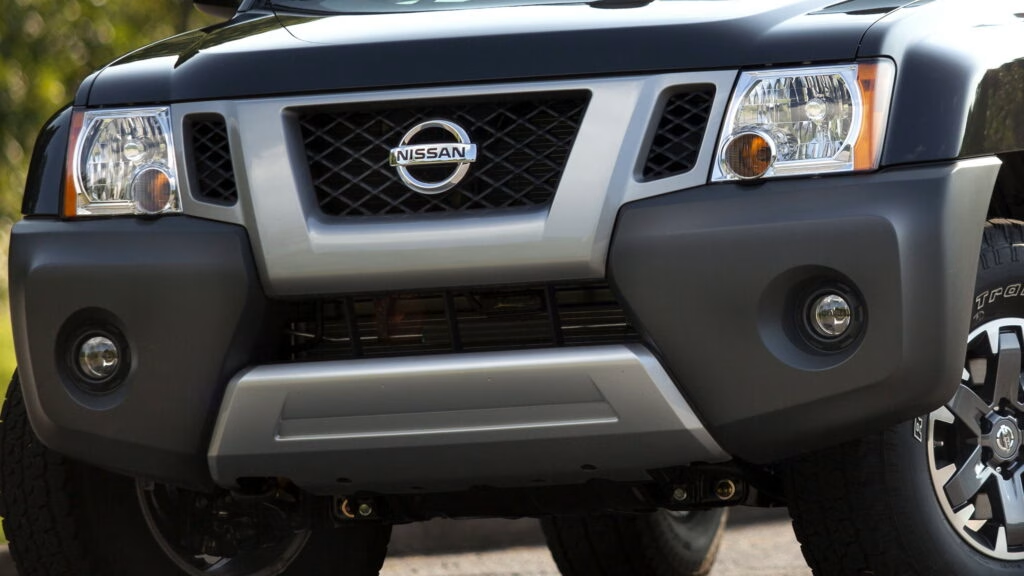Is Nissan Really Bringing Back the Xterra, and What Will It Look Like?
After years of rumors and wishful thinking, Nissan is officially reviving the Xterra. If you’ve been missing that blend of ruggedness and affordability since the last model left showrooms in 2015, you’re not alone. Dealers, fans, and even Nissan itself are betting big on the Xterra’s comeback. So, what’s fueling this return, and what can you expect from the next-gen SUV?
Why Is Nissan Betting on a Rugged, Affordable SUV Now?
Let’s face it: Nissan’s been in a bit of a rut. Financial headwinds, an aging lineup, and fierce competition have all taken their toll. But there’s a silver lining—demand for tough, adventure-ready SUVs is hotter than ever. Just look at the success of the Ford Bronco, Jeep Wrangler, and Toyota Land Cruiser. According to J.D. Power, the midsize SUV segment grew by 8% in 2023 alone, with off-road models leading the charge. Dealers at a recent Las Vegas meeting were buzzing about the Xterra’s potential, calling it a “money-maker” in a market hungry for authenticity and capability.
What’s New Under the Hood? Will the Xterra Go Hybrid?
Here’s where things get interesting. Nissan is reportedly planning a hybrid V6 for the new Xterra, with a range-extender setup that could deliver up to 75 miles of electric-only driving. That’s a game-changer for anyone who wants both off-road muscle and weekday efficiency. While official specs are still under wraps, this approach mirrors what we’ve seen from brands like Toyota with their hybrid Tacoma and Land Cruiser. The Xterra will be built in Canton, Mississippi, and is expected to share its body-on-frame platform with future Nissan and Infiniti models—including the next Frontier and Pathfinder.
How Will the New Xterra Stand Out in a Crowded Field?
Design-wise, Nissan is sticking to its roots. Dealers got a sneak peek at a teaser image showing a tall, upright grille and square headlights—classic Xterra cues, but with a modern edge. The body-on-frame construction means real off-road chops, not just a rugged look. And with affordability as a core goal, Nissan is aiming to undercut pricier rivals while delivering genuine capability. Think of it as a return to a proven formula, but with 21st-century tech under the skin.
What Else Is Nissan Planning—And How Does It Affect You?
The Xterra isn’t the only big news. Nissan is also developing a fourth-generation Rogue for 2027, featuring a reshaped V-shaped grille and a full-width rear light bar. This new Rogue will debut the third generation of Nissan’s e-Power system, which blends electric drive with a gasoline generator for improved efficiency. The Rogue’s platform will also underpin the next Infiniti QX50, signaling a broader push for electrification and shared engineering.
And it doesn’t stop there. New versions of the Sentra and Infiniti Q50 are in the pipeline, with the first arrivals as soon as next year. Nissan’s Americas chairman, Christian Meunier, summed it up: “We are laser-focused on product [and] we are just getting started.” Translation? Expect a steady stream of fresh metal in showrooms soon.
Will the Xterra’s Return Change the SUV Landscape?
If Nissan nails the balance between price, capability, and electrified performance, the Xterra could shake up the midsize SUV market. The hybrid V6 with real electric range is a bold move, especially for buyers who want to cut fuel costs without giving up adventure. Plus, by sharing its platform with other models, Nissan can keep costs in check and pass the savings on to customers. It’s a smart play in a segment where value and authenticity matter.
The big takeaway? The Xterra’s comeback isn’t about perfection—it’s about smarter adjustments. Start with one change this week, and you’ll likely spot the difference by month’s end. Whether you’re a die-hard off-roader or just want a family SUV that doesn’t blend into the crowd, Nissan’s next wave of vehicles promises more choice, more tech, and a little more fun behind the wheel.

